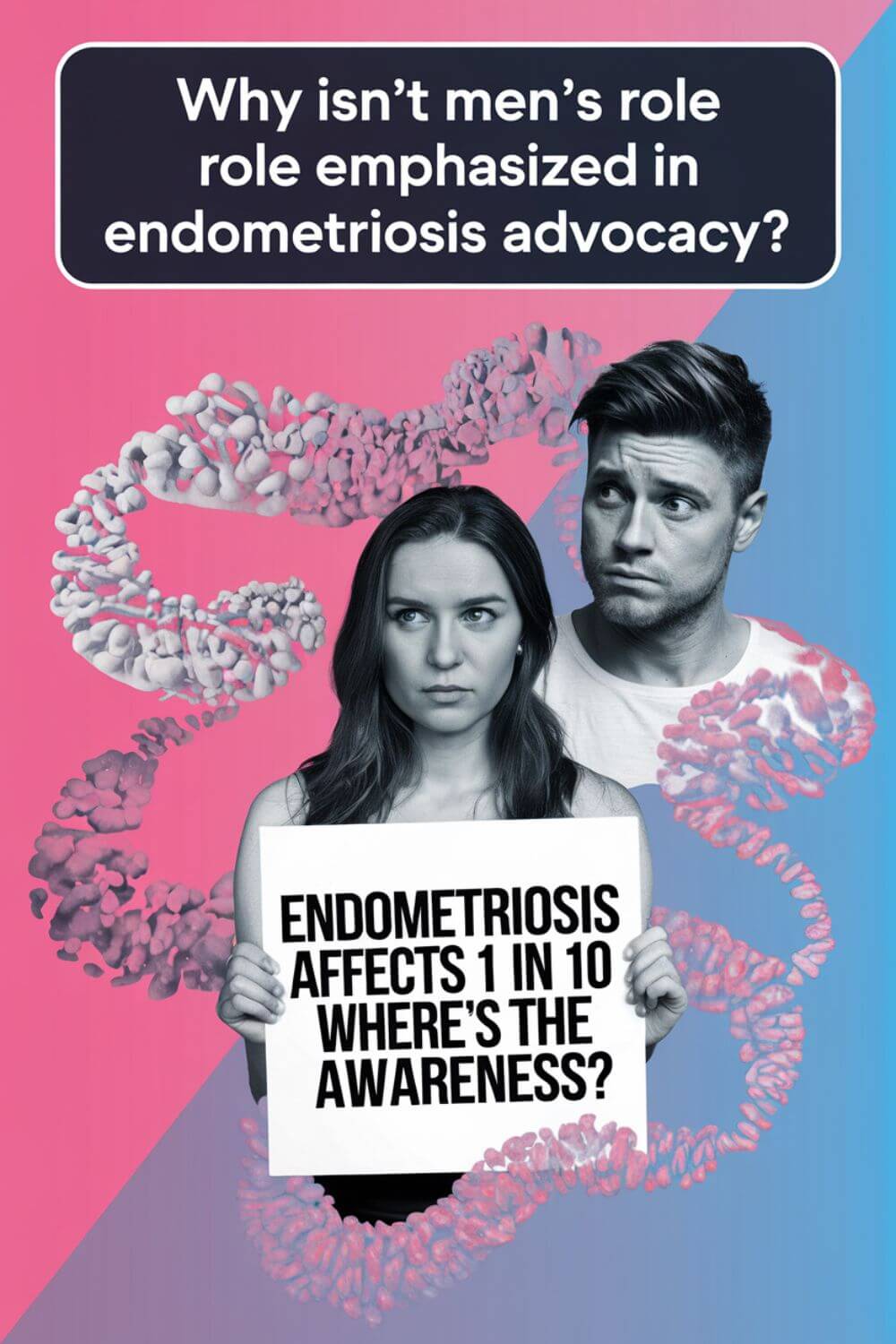Why Isn’t Men’s Role Emphasized in Endometriosis Advocacy?
I’ve seen how endometriosis has affected my wife, and it’s heartbreaking. This condition is painful and affects 2-10% of women of childbearing age. Yet, the men who support them are often ignored. Men’s role in endometriosis advocacy is vital and it’s also important to hear their stories to help couples dealing with this illness.
Endometriosis is a complex disease that affects not just the person with it but also their partner. Despite its commonality, endometriosis advocacy mainly targets women. Men’s roles in supporting their loved ones and pushing for better care are overlooked.
The journey with endometriosis is tough, not just for the person with it but also for their partner. By sharing the experiences of male partners, we can create a more understanding environment. This way, we can tackle the stigma and myths surrounding this disease together.
- Endometriosis: A Hidden Burden on Couples
- Men's Role in Endometriosis Advocacy
- Recognizing the Marginalized Status of Male Partners
- Endometriosis: A "Missed Disease" Shrouded in Ignorance
- The Historical Roots of Ignorance Surrounding Endometriosis
- Challenging Androcentric Biomedicine
- Gendered Norms and Pain Perception
- Hegemonic Masculinity and Andronormativity in Healthcare
- Advocating for a Couple-Centered Approach
- Empowering Men's Voices in Endometriosis Advocacy
- "Endo-Tool: Endometriosis for Men" – A Resource for Male Partners
- The Importance of Male Partner Support
- Endometriosis Advocacy: Shifting the Policy Lens
- Source Links to Men’s Role in Endometriosis Advocacy
Endometriosis: A Hidden Burden on Couples
Endometriosis is a chronic and debilitating condition that affects many lives. A recent qualitative study looked at 22 women with endometriosis and their male partners. It showed how this disease impacts their relationships deeply.
The Impact of Endometriosis on Male Partners
The study, called ENDOPART, found endometriosis affects men a lot. It disrupts their sexual intimacy and family planning. Men also face emotional challenges like feeling helpless, frustrated, and angry.
Despite its big impact, men’s experiences are often ignored. This is true in both advocacy and research on endometriosis.
Emotional Toll: Helplessness, Frustration, and Anger
Male partners carry a heavy emotional burden. They see their loved ones in pain and feel unable to help. This feeling of helplessness, along with the frustration of dealing with endometriosis, can lead to anger and resentment.
The lack of recognition for men’s experiences makes things worse. They lack support and resources. This isolation adds to the emotional strain on couples dealing with endometriosis.
It’s important to listen to the stories of male partners with endometriosis. Their experiences can help us understand the hidden challenges couples face. This understanding is key to providing better support for them.
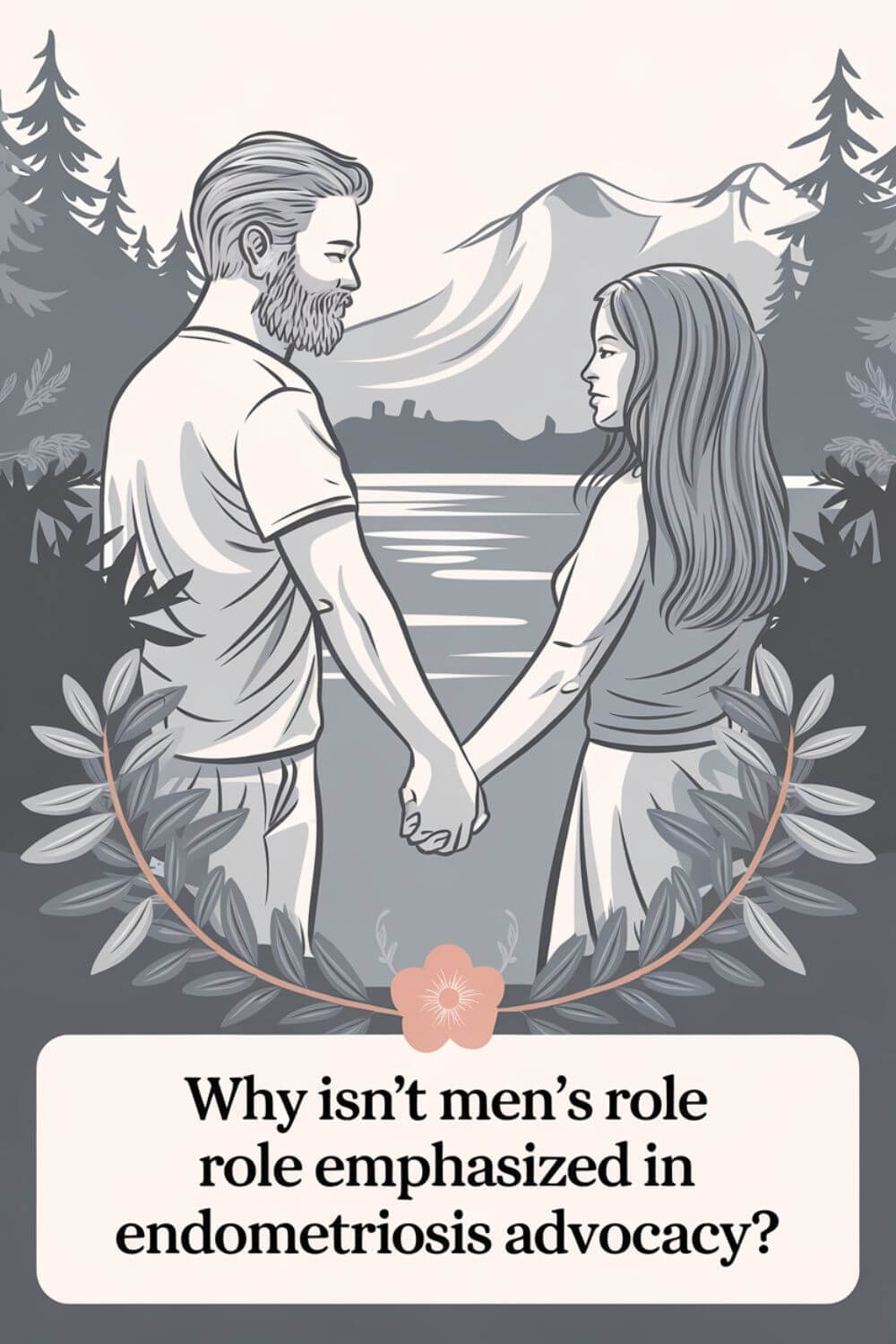
Men’s Role in Endometriosis Advocacy
Endometriosis mainly affects women, but it impacts families too. Including men’s views can make endometriosis a bigger health issue. This could lead to more research and better care options.
Men’s stories can help create better support and treatments. They offer unique insights that can improve care for women with endometriosis.
Endometriosis is common, affecting one in ten women globally. Yet, it’s often misunderstood. Talking about it with men is key. Men can help break down the stigma by learning and talking openly about menstrual health.
Supportive workplace policies can help women with chronic conditions like endometriosis. Men can push for these policies, making workplaces more supportive for everyone.
Groups like the Endometriosis Foundation of America and the World Endometriosis Society provide valuable information. Men can join these efforts to raise awareness and support research.
Men can offer emotional and practical support to those with endometriosis. By being involved, they can greatly improve the lives of those affected.
Public health campaigns are vital for raising awareness about endometriosis. Men can help by sharing their support and understanding. This ensures the condition’s impact on families is acknowledged and addressed.
Recognizing the Marginalized Status of Male Partners
The ENDOPART study has uncovered a sad truth – male partners are often ignored. Endometriosis affects not just those who have it, but also their loved ones. Sadly, male partners often feel left out, with their needs and struggles ignored by doctors and society.
Lack of Professional and Societal Recognition
The ENDOPART study’s findings are a wake-up call. Male partners of women with endometriosis face a huge lack of recognition. They carry a lot of emotional, psychological, and practical burdens. Yet, healthcare providers often ignore their unique challenges.
This oversight makes it seem like endometriosis is only a “woman’s issue.” It makes the male partner’s experience invisible.
Need for Support Resources Tailored to Partners
Because of this marginalization, male partners often feel alone and unsure. They don’t know how to support their loved ones well. There’s a lack of resources for them, making it hard for them to deal with endometriosis.
Creating specific support programs for male partners could help. It could improve the wellbeing of couples dealing with this condition.
By acknowledging the marginalized status of male partners, we can change things. We can move towards a more inclusive and caring approach to endometriosis care. This could greatly improve the lives of those affected by this condition.
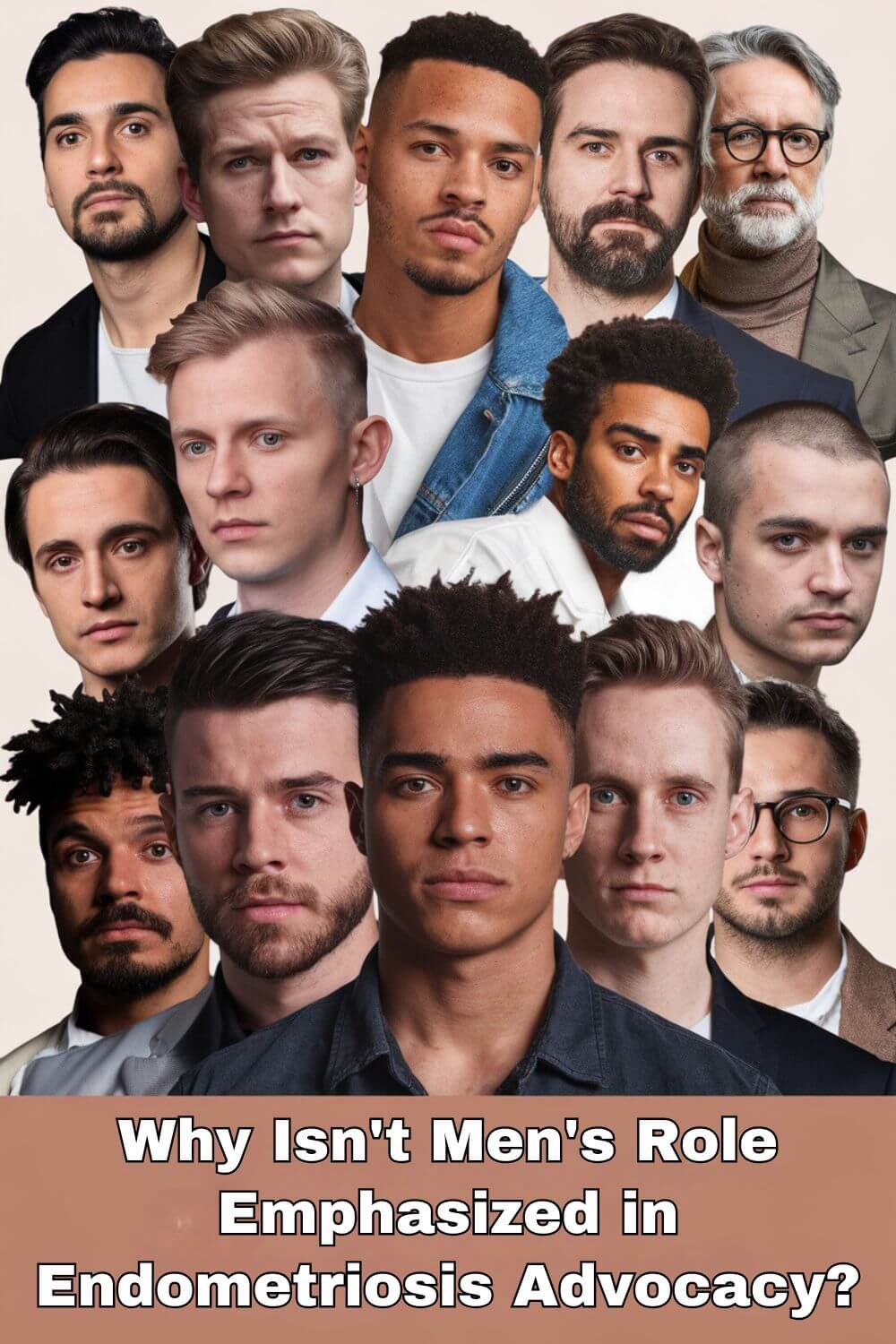
Endometriosis: A “Missed Disease” Shrouded in Ignorance
Endometriosis is often called the “missed disease” because its causes are unclear and diagnosis is tricky. It’s not talked about much in public, and it doesn’t get much funding for research. This lack of understanding leads to long delays in getting a diagnosis, making the condition’s effects worse.
Unclear Aetiology and Inconsistent Diagnosis
Despite affecting 178 million women worldwide, what causes endometriosis is not known. In the UK, it takes an average of 7.5 years to diagnose. The symptoms are varied and hard to pin down, making it hard to get a correct diagnosis.
Societal Invisibility and Lack of Research Funding
Endometriosis is often overlooked by governments and funding bodies, even though it affects more women in the UK than diabetes. This lack of attention and funding makes it seem invisible. We need more research and awareness to help those suffering from this condition.
The lack of understanding and awareness about endometriosis has serious effects on those who suffer from it. By highlighting the challenges and the need for more research and funding, we can change this. We can work towards a future where endometriosis is better understood and treated.
| Statistic | Value |
|---|---|
| Estimated number of women globally affected by endometriosis | 178 million |
| Percentage of infertile women who may have endometriosis | 47% |
| Average time to diagnose endometriosis in the UK | 7.5 years |
| More women affected by endometriosis than diabetes in the UK | True |
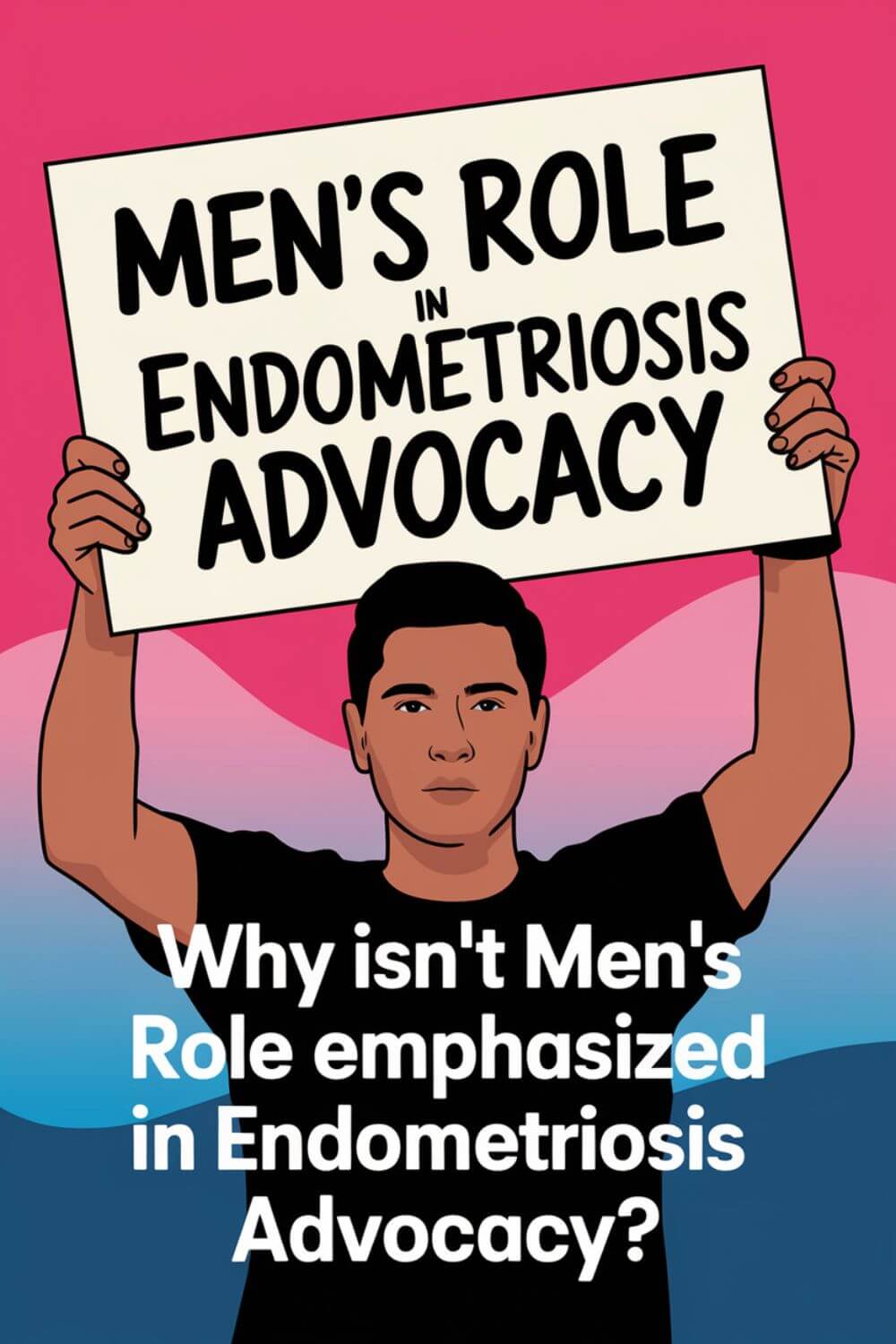
The Historical Roots of Ignorance Surrounding Endometriosis
Endometriosis is a chronic condition that affects about 10 percent of women. It has a long history of being misunderstood. Societal attitudes have made women’s reproductive health and pain seem less important.
The first studies on endometriosis were done in 1921 by John Albertson Sampson. He coined the term “endometriosis” in 1925. Sampson’s work helped us understand why endometriosis causes pelvic pain and infertility.
Associations with Menstruation and Women’s Pain
Endometriosis has been linked to “hysteria” in the past. This shows how society has misunderstood women’s menstrual cycles and pain. This misunderstanding has made endometriosis seem less important.
Women’s pain is often not taken seriously. In the U.S., women hold only 42.7% of senior positions. This shows how society views women’s health and pain.
Endometriosis costs the U.S. $22 billion a year. It makes women take more sick days. This affects their work and health.
Historical and cultural biases have made endometriosis hard to understand. We need to challenge these biases. We must listen to those who live with endometriosis to improve their lives.
Challenging Androcentric Biomedicine
The healthcare system has long been plagued by an androcentric bias. This bias makes the male experience the default, overlooking women’s needs. Pain perception and treatment show this bias clearly, with men’s pain taken more seriously.
This gap comes from deep-rooted gender norms. These norms say men are strong and stoic, while women are sensitive and expressive. Androcentric bias in medicine has made men seem more resilient to pain, ignoring women’s experiences.
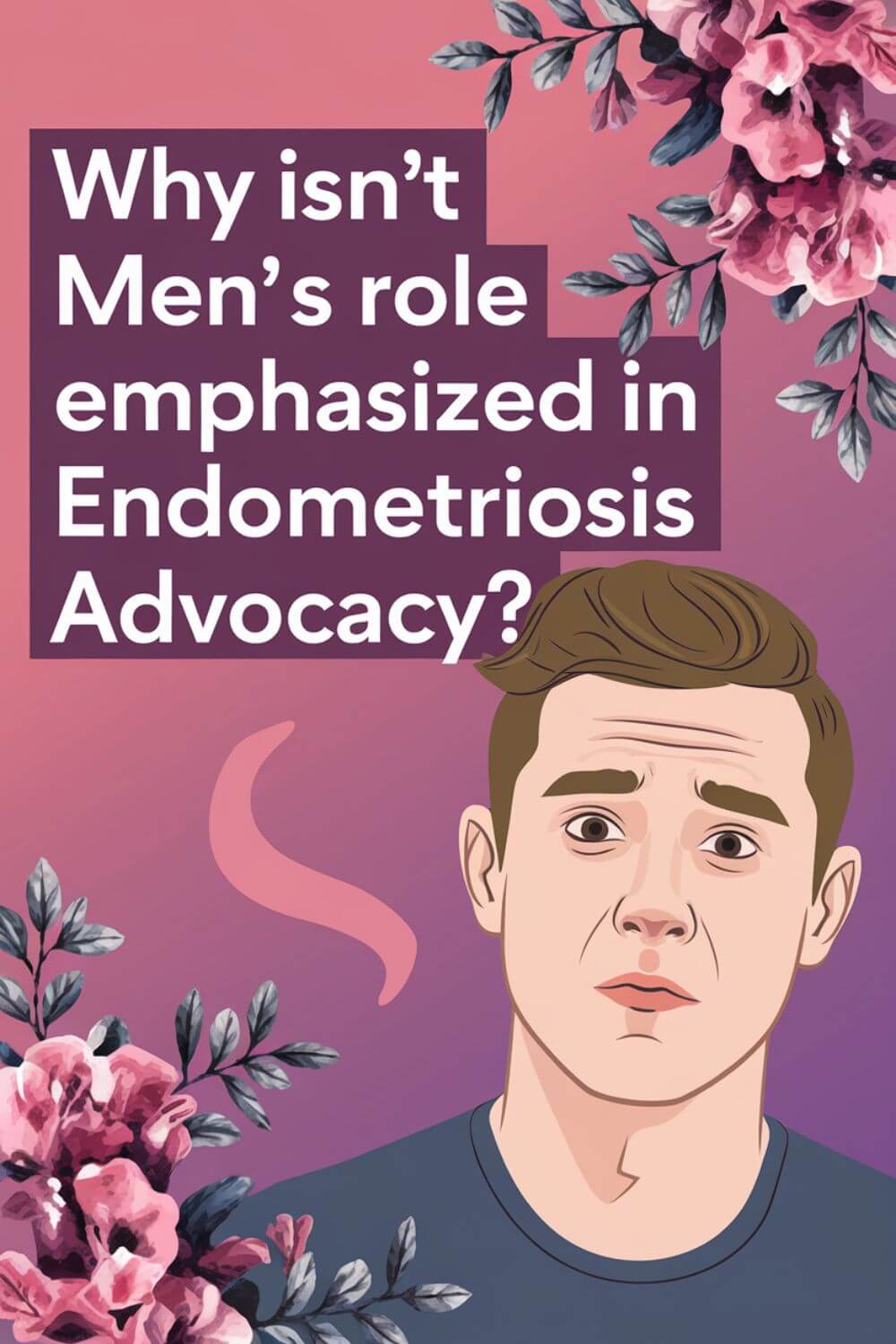
Recognizing Gender Bias in Pain Treatment
It’s key to challenge these gender norms in pain perception and treatment for fair care for all. Healthcare providers must fight their biases. They need to adopt gender-sensitive healthcare that meets each person’s unique needs.
By understanding how gender affects pain, we can change biomedicine. We aim for a healthcare system that’s inclusive, empathetic, and based on solid evidence. This system will serve everyone’s diverse needs.
Gendered Norms and Pain Perception
From a young age, gender socialization shapes how boys and girls deal with pain. Boys are taught to be tough and hide their pain. Girls are encouraged to be open and sensitive about theirs.
Experimental pain studies show a pattern. Those seen as more masculine tend to handle pain better. Those seen as more feminine are more sensitive to pain. These gender roles deeply affect how men and women deal with pain all their lives.
Socialization of Pain Responses in Men and Women
Our early life shapes our views on pain. Girls are taught to share their pain openly. Boys are told to hide theirs and stay strong. This shapes how we handle pain as adults.
- Women are 25% less likely than men to get pain relief in medical settings.
- Chronic pain in women, like endometriosis, is often ignored by doctors.
- Research has mainly focused on men, leaving women’s health issues poorly understood.
Understanding how gender socialization affects pain expression is key. We can challenge these norms. This way, we can push for healthcare that treats everyone fairly, regardless of gender.
| Gender Socialization and Pain Expression | Masculine Responses | Feminine Responses |
|---|---|---|
| Societal Expectations | Stoicism, Concealing Pain | Emotional Expression, Sensitivity to Discomfort |
| Experimental Findings | Higher Pain Tolerance | Greater Pain Sensitivity |
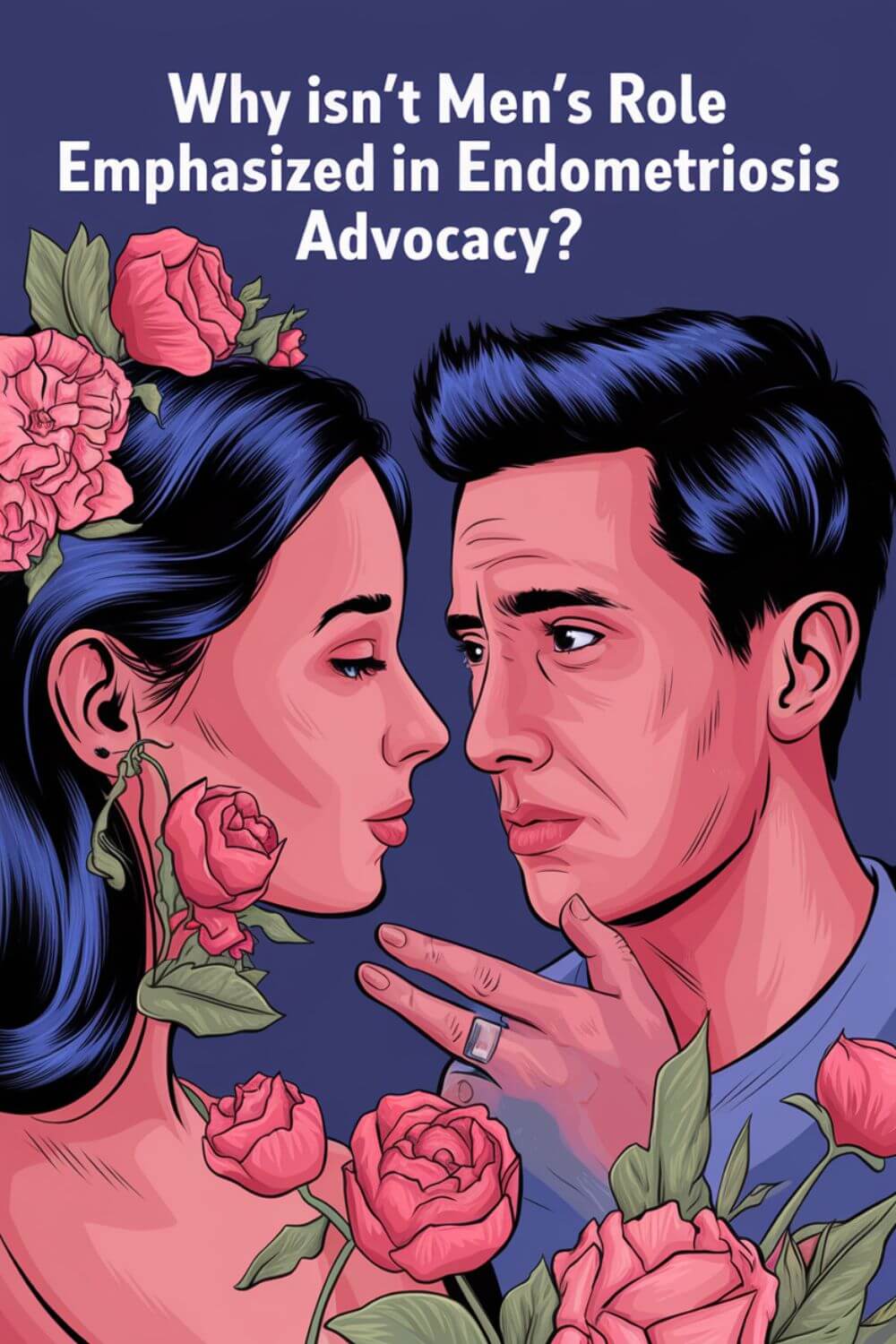
Hegemonic Masculinity and Andronormativity in Healthcare
The terms hegemonic masculinity and andronormativity explain how male values are favored in healthcare. At the same time, female norms are often overlooked. This gender-blind attitude makes it hard to notice women’s and men’s needs. It happens because medical research and treatments mostly focus on men.
Women face more chronic pain than men and often struggle to get their pain recognized. For example, women with endometriosis may see a doctor seven times before getting a proper diagnosis. In contrast, men are more likely to get diagnosed for chronic pain by their general practitioner.
Men’s experiences in healthcare are also shaped by these biases. Men might focus on becoming good fathers during their recovery. Women, on the other hand, often prioritize their family’s needs over their own health. This andronormative approach neglects the unique challenges both genders face with chronic conditions like endometriosis.
It’s essential to challenge these cultural biases in healthcare to offer fair, gender-sensitive care. By understanding the impact of hegemonic masculinity and andronormativity, we can create a more inclusive system. This system will meet the diverse needs of all patients, regardless of their gender.
| Statistic | Value |
|---|---|
| Women experiencing dysmenorrhea that disrupts their lives | 5-10% |
| Women feeling overlooked by healthcare professionals regarding their pain | 4 in 5 |
| Women with dysmenorrhea also experiencing other premenstrual symptoms | 40% |
Advocating for a Couple-Centered Approach
Endometriosis affects not just individuals but also their partners and families. A couple-centered approach to care is essential. It means recognizing the needs of male partners and creating partner support programs and relationship-focused interventions. These help couples face the challenges of endometriosis together.
Healthcare providers should look at the big picture when treating endometriosis. This means considering the physical, emotional, and social effects of the condition. It helps both the person with endometriosis and their partner to deal with it as a team.
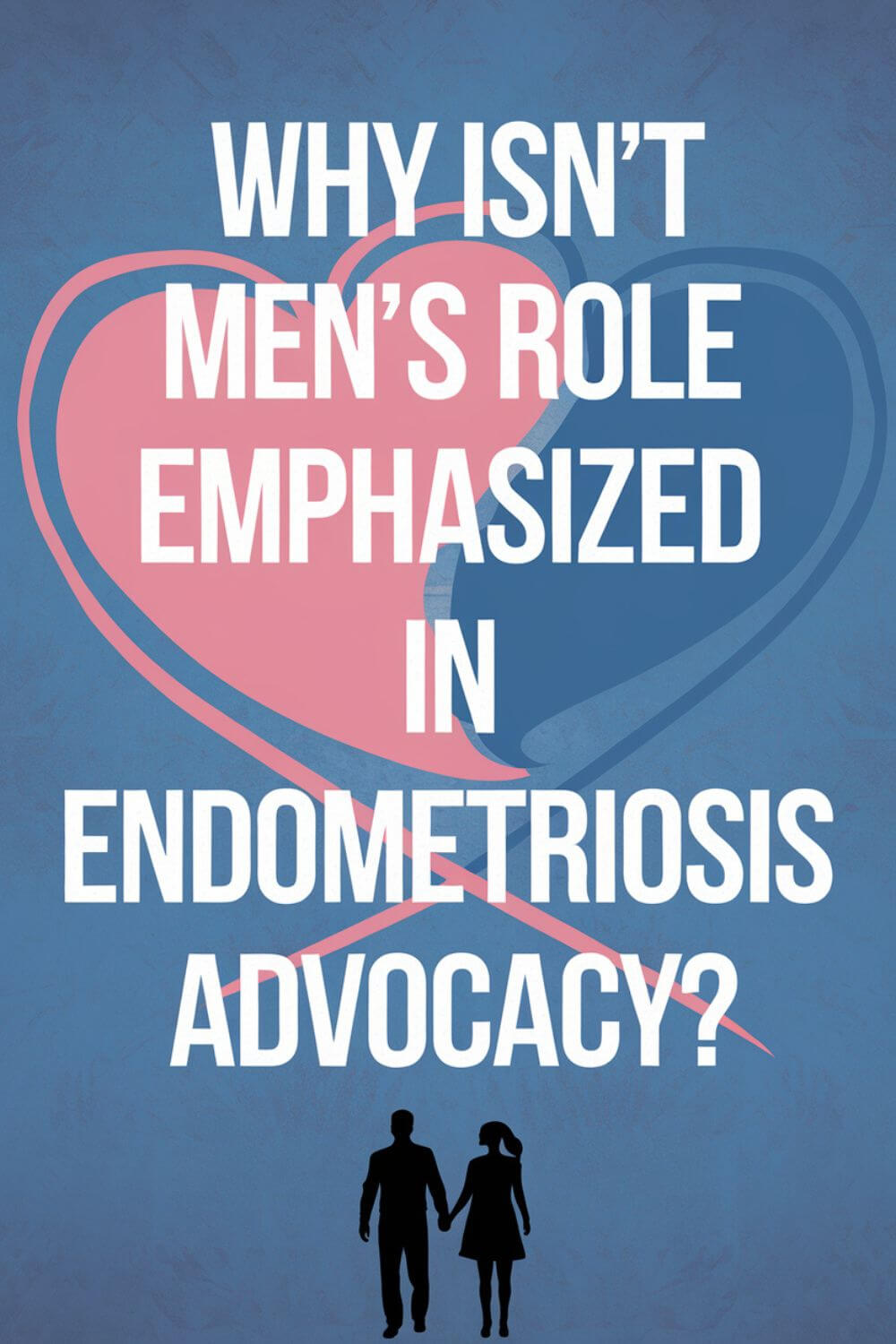
Inclusive Support for Partners and Relationships
Endometriosis doesn’t just affect one person; it can also put a strain on relationships. Partner support programs and relationship-focused interventions offer the tools and resources needed. They help couples manage the effects of endometriosis on their lives and relationship.
- They help partners communicate better and understand each other.
- They teach coping strategies for the physical and emotional challenges.
- They provide counseling and support to strengthen the relationship.
- They encourage a sense of shared strength and partnership in managing the condition.
By focusing on couple-centered care, healthcare providers can meet the unique needs of both individuals with endometriosis and their partners. This empowers them to face this journey together.
Empowering Men’s Voices in Endometriosis Advocacy
We need to make sure men’s voices are heard in the fight against endometriosis. Their stories and insights are key to better awareness and care. By sharing their experiences, men can help shape advocacy efforts and support services for couples with this condition.
Patient-led movements are vital in changing how we view endometriosis. Male partner advocacy is important to highlight the unique challenges faced by partners. This ensures their needs are not ignored.
Men’s involvement can lead to policy change and better resources for them. Giving them a voice helps create more inclusive and empathetic care for everyone.
It’s time to use the power of male partner advocacy to change the narrative around endometriosis. Together, we can make sure advocacy truly represents all those affected.
By amplifying the voices of male partners and fostering a more inclusive patient-led movement, we can drive meaningful change in the endometriosis landscape. This ensures that policy change reflects the diverse experiences of all those affected by this condition.
| Statistic | Insight |
|---|---|
| Blacks, Indigenous, and POC individuals face higher barriers to proper endometriosis diagnosis and treatment. | Highlighting the need for more inclusive and equitable healthcare approaches to address disparities. |
| Endometriosis was historically believed to be more prevalent among white, middle-class women. | Challenging the biased assumptions that have shaped the understanding and perception of this condition. |
| 40% of African-American gynecologist Doland L. Chatman’s patients with endometriosis symptoms were previously misdiagnosed. | Underscoring the need for better education and awareness among healthcare providers to improve diagnosis and care. |
| 50% of white medical students and residents had false beliefs about biological differences between Blacks and whites, affecting pain treatment recommendations. | Highlighting the impact of racial biases and the importance of addressing them in the medical field. |
| Blacks and Hispanics in the US have higher poverty levels, impacting access to care, insurance, quality providers, and health education. | Emphasizing the socioeconomic barriers that exacerbate health disparities and the need for more equitable healthcare systems. |
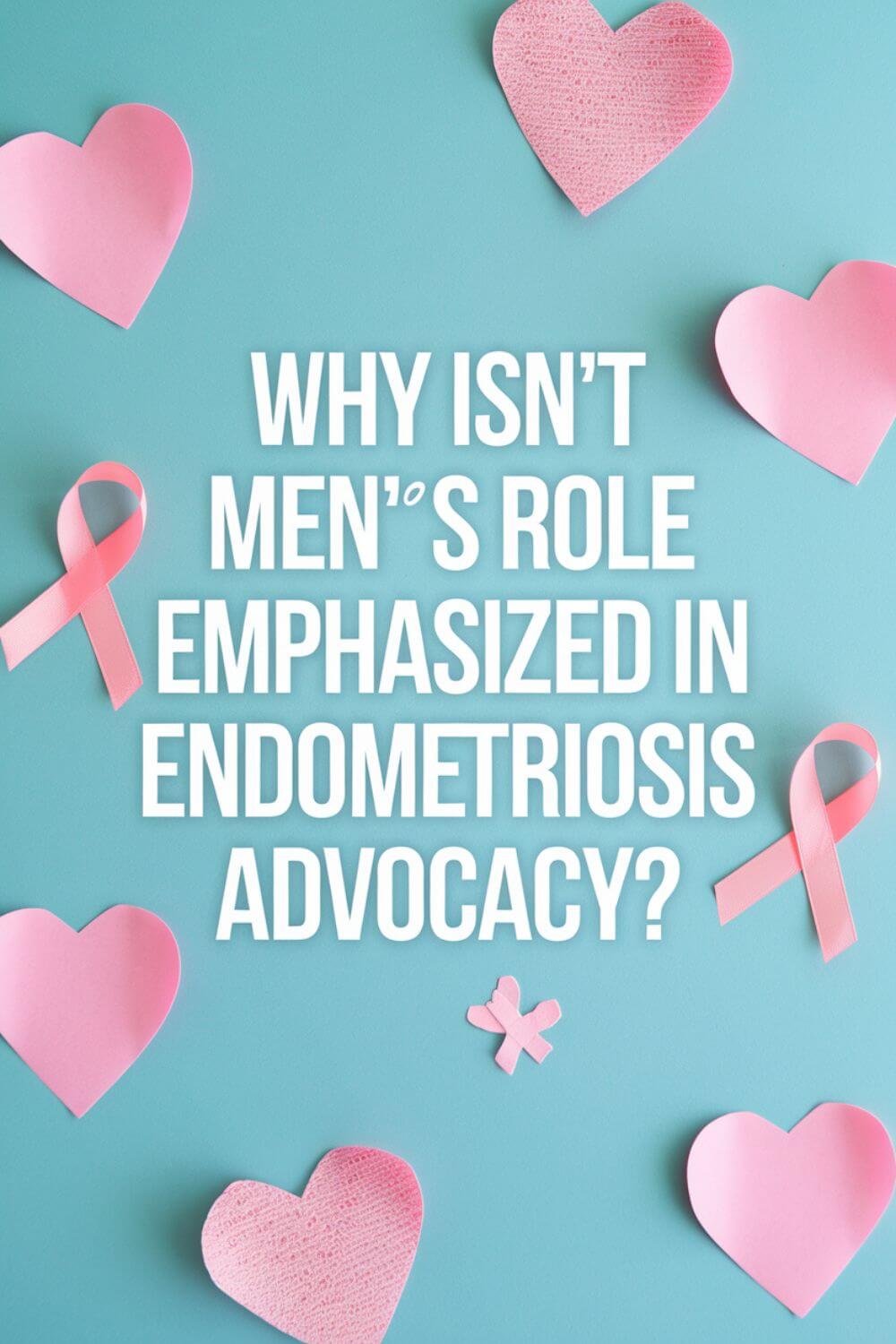
“Endo-Tool: Endometriosis for Men” – A Resource for Male Partners
I’ve seen how endometriosis affects my wife. Together, we’ve made “Endo-Tool: Endometriosis for Men” to help men like me. It’s packed with info, strategies, and support for male partners. It aims to empower men to support their loved ones better.
The book talks about the emotional and psychological effects of endometriosis. It also covers how to keep a healthy sexual relationship and support your partner. With this male partner resource, men can understand and support their partners better.
Buy the book from the shop or get a free chapter at a whopping 33% discount on the whole book. We want to make sure as many male partners as possible have the information and support they need.
The “Endo-Tool: Endometriosis for Men” shows our dedication to a couple-focused approach. We want to empower male partners and help everyone understand endometriosis better. Our goal is to create a more supportive environment for all affected by endometriosis.
The Importance of Male Partner Support
Living with a chronic condition like endometriosis is tough, both physically and emotionally. Research shows that male partners play a big role in supporting women with this disease. Their empathy, emotional support, and help with daily tasks can improve life and happiness in the relationship.
Coping with a Chronic Condition as a Couple
When facing endometriosis, couples can work together to manage its effects. This shared effort can lead to better coping and a stronger bond. By understanding the condition together, partners can face its challenges with more strength.
- Cultivate open communication: Encourage regular discussions about symptoms, treatment options, and the emotional toll of the disease.
- Engage in shared decision-making: Collaborate on treatment plans and lifestyle adjustments to ensure both partners are invested in the process.
- Provide practical support: Assist with household tasks, attend medical appointments, and offer comfort during flare-ups.
- Nurture the relationship: Prioritize quality time together, explore new activities, and maintain intimacy to the extent possible.
By working as a team, couples can better handle the challenges of endometriosis. They become stronger, more connected, and ready to face the shared experiences of this chronic condition together.
Endometriosis Advocacy: Shifting the Policy Lens
To make real progress in understanding and treating endometriosis, we need to change how policies are made. We must listen more to the women who live with this condition. Their stories and experiences are often ignored, but they are key to solving this problem.
Elevating Women’s Lived Experiences
Putting patients at the center of policy changes and research is essential. This ensures endometriosis gets the attention and resources it needs. Shannon Cohn’s documentary, “Below the Belt,” shows how endometriosis is a social justice issue. It highlights the importance of hearing from those who suffer from it.
By sharing the struggles of endometriosis patients, we can push for better policies. This includes shorter wait times for care and more understanding of the emotional impact. It’s a step towards better research, healthcare, and understanding of how endometriosis affects women and society.


About Me
Hi, I’m Lucjan! The reason why I decided to create this blog was my beautiful wife, who experienced a lot of pain in life, but also the lack of information about endometriosis and fibromyalgia for men…
Source Links to Men’s Role in Endometriosis Advocacy
- https://pmc.ncbi.nlm.nih.gov/articles/PMC8517707/
- https://scholarship.claremont.edu/cgi/viewcontent.cgi?article=1590&context=cgu_etd
- https://www.ncbi.nlm.nih.gov/pmc/articles/PMC10021325/
- https://www.nature.com/articles/s41572-018-0008-5
- https://www.linkedin.com/posts/mareedavenport_tackling-the-burden-of-endometriosis-patients-activity-7104309026938654721-K5Mh
- https://www.ncbi.nlm.nih.gov/pmc/articles/PMC10501128/
- https://medika.life/a-guide-for-men-to-become-champions-of-support-for-endometriosis/
- https://www.frontiersin.org/journals/medicine/articles/10.3389/fmed.2023.1266131/full
- https://allpathsfb.org/endometriosis-a-partners-perspective/
- https://academic.oup.com/humrep/article/32/8/1667/3868349
- https://pmc.ncbi.nlm.nih.gov/articles/PMC5845507/
- https://elischolar.library.yale.edu/cgi/viewcontent.cgi?article=1141&context=ymtdl
- https://digitalcommons.wku.edu/cgi/viewcontent.cgi?article=4204&context=theses
- https://reproductive-health-journal.biomedcentral.com/articles/10.1186/s12978-022-01354-5
- https://dergipark.org.tr/tr/download/article-file/937806
- https://library.fiveable.me/introduction-feminist-philosophy/unit-9/gender-bias-scientific-research-practice/study-guide/sYvA9uMQOmX9rqoQ
- https://www.endofound.org/why-is-endometriosis-so-poorly-understood-the-gender-health-gap-may-explain
- https://bmjopen.bmj.com/content/8/6/e020657
- https://pmc.ncbi.nlm.nih.gov/articles/PMC10395394/
- https://medium.com/@suicidesurvivalist/odynomenorrhea-redefining-womens-pain-947deed7b74a
- https://colab.ws/articles/10.1016/j.socscimed.2023.116229
- https://www.ncbi.nlm.nih.gov/pmc/articles/PMC8112593/
- https://www.endofound.org/endometriosis-advocates-supporting-yourself-and-others-with-endo
- https://www.endofound.org/the-endometriosis-resource-portal-for-people-of-color
- https://www.mdpi.com/2227-9032/12/1/121
- https://worryhead.com/loving-a-woman-with-endometriosis/
- https://www.webmd.com/women/endometriosis/features/endometriosis-care-in-transgender-adults
- https://eusiendometrioza.ro/understanding-endometriosis-a-comprehensive-guide-for-men/
- https://resolve.org/men-supporting-men-infertility-peer-groups-at-resolve/
- https://www.healthline.com/health/endometriosis/self-advocacy-expert-tips
- https://www.endofound.org/alexander-harmans-fight-for-a-more-just-gender-inclusive-healthcare-space-for-endo-patients
- https://pmc.ncbi.nlm.nih.gov/articles/PMC10894706/
- https://integrativewomenshealthinstitute.com/update-on-the-state-of-womens-health-research-with-shannon-cohn-producer-of-endo-what-and-below-the-belt/
